
Deutsch-Chinesische Enzyklopädie, 德汉百科

撒丁岛(意大利语:Sardegna [sarˈdeɲɲa];撒丁语:Sardìgna, Sardìnnia)位于意大利半岛的西南方,是地中海的第二大岛,仅次于西西里。其地理位置在科西嘉岛南面,西班牙、突尼斯、意大利之间的地中海西部。
撒丁岛附近海域曾盛产沙丁鱼,这可能是“沙丁”鱼一词的由来,是一个年代极为久远的古老岛屿。它的地势崎岖多变,环岛海岸线曲折复杂。 气候温和湿润,是典型的地中海式气候,但高山顶部的积雪可达半年之久。
撒丁岛可说是文化的大汇集,岛上现在还使用着撒丁语——一种由拉丁语衍生出来的语言。但是在岛的北部,却使用来自伊比利亚半岛的加泰罗尼亚语。到了岛的南部地区,使用的又是“利西亚”方言。因此,即使是意大利本土人,也可能完全不懂其意思而无法沟通。 还保留着其独特的传统节日赛马节(Sartiglia)。
岛上盛行饲养猪、羊等家畜,在内陆地区,还可以看到往日那些牧羊人的生活状况。在海拔大约1000米的山上小屋里,可看到居民以牛奶制成乳酪,加上自制的蜂蜜,涂在面包上食用。 著名休闲胜地,要数东北方的翡翠海岸。在长达80公里的碧绿色海岸线上,排着一处处现代高级休闲场所,吸引了欧洲很多上流社会人士来此度假。 虽然该岛北部的海岸地带是豪华的休闲胜地,但在其内陆地区和一些小渔村却保持着以往的生活方式,并且继续守护着自己特有的语言、食物和风俗习惯。
撒丁岛东北的奥尔比亚镇是与意大利半岛通航的主要海港。
Sardinien (sardisch Sardigna, italienisch Sardegna, katalanisch Sardenya) ist – nach Sizilien – die zweitgrößte Insel im Mittelmeer. Die Phönizier nannten sie auf der Stele von Nora Šrdn. Ein Fremdvolk, das ebenfalls als Šrdn (meist zu Scherden oder Schardana transkribiert) bezeichnet wurde, begegnet auf ägyptischen Texten des 14. bis 12. Jahrhunderts v. Chr.; jedoch ist strittig, ob dieses aus Sardinien stammte. Die Euboier nannte die Insel „Ichnoussa“ und die Griechen „Sandalyon“, da ihre Form an einen Fußabdruck erinnert.
Die Insel bildet mit den kleinen vorgelagerten Inseln die gleichnamige autonome italienische Region. Die Region Sardinien hat eine Fläche von 24.090 km² und zählt 1.653.135 Einwohner (Stand 31. Dezember 2016). Ihre Hauptstadt ist Cagliari.
サルデーニャ(イタリア語: Sardegna)は、イタリア半島西方、コルシカ島の南の地中海に位置するイタリア領の島。地中海ではシチリア島に次いで2番目に大きな島である。
周辺の島を含めて、サルデーニャ自治州を構成している。この州は、イタリアに5つある特別自治州のひとつである。州都はカリャリ(カリアリ)[3]。
Sardinia (/sɑːrˈdɪniə/ sar-DIN-ee-ə; Italian: Sardegna [sarˈdeɲɲa], Sardinian: Sardìgna/Sardìnnia [saɾˈdiɲɲa]/[saɾˈdinja], Sassarese: Sardhigna, Gallurese: Saldigna, Catalan: Sardenya, Tabarchino: Sardegna) is the second-largest island in the Mediterranean Sea (after Sicily and before Cyprus). It is located in the Western Mediterranean, to the immediate south of the French island of Corsica.
Sardinia is politically a region of Italy, whose official name is Regione Autonoma della Sardegna / Regione Autònoma de Sardigna (Autonomous Region of Sardinia),[3] and enjoys some degree of domestic autonomy granted by a specific Statute.[4] It is divided into four provinces and a metropolitan city, with Cagliari being the region's capital and its largest city as well. Sardinia's indigenous language and the other minority languages (Sassarese, Corsican Gallurese, Algherese Catalan and Ligurian Tabarchino) spoken on the island are recognized by the regional law and enjoy "equal dignity" with Italian.[5]
Due to the variety of its ecosystems, which include mountains,[6] woods, plains, largely uninhabited territories, streams, rocky coasts and long sandy beaches, the island has been defined metaphorically as a micro-continent.[7] In the modern era, many travelers and writers have exalted its beauty, remained untouched until the contemporary age and immersed in a landscape that houses the vestiges of the Nuragic civilization.[8]
La Sardaigne (italien : Sardegna /sarˈdeɲɲa/, sarde : Sardigna) est une île de la mer Méditerranée et une région italienne, qui se trouve à l'ouest de l'Italie continentale, au sud de la Corse, au nord de la Tunisie et de l'Algérie orientale. Son chef-lieu est la ville de Cagliari.
La Sardaigne est, par sa surface, la seconde île de la mer Méditerranée et une région autonome à statut spécial d'Italie dont la dénomination officielle est « région autonome de la Sardaigne » (en italien Regione Autonoma della Sardegna, en sarde Regione Autònoma de Sardigna1). Son statut spécial, inscrit dans la constitution de 1948, garantit l'autonomie administrative des institutions locales et la protection de ses particularités linguistiques et culturelles.
La Sardaigne, séparée de la Corse par les bouches de Bonifacio, est située au milieu de la mer Méditerranée occidentale : cette position centrale a favorisé depuis l'Antiquité les rapports commerciaux et culturels comme les intérêts économiques, militaires et stratégiques.
À l'époque moderne, de nombreux écrivains ont exalté la beauté de la Sardaigne, qui conserve encore, malgré l'extension du tourisme côtier, un paysage protégé et un patrimoine important, parmi lequel les vestiges de la culture nuragique.
La Sardegna (AFI: /sarˈdeɲɲa/[5]; Sardìgna o Sardìnnia in sardo[6], Sardhigna in sassarese, Saldigna in gallurese, Sardenya in algherese[7], Sardegna in tabarchino) è la seconda isola più estesa del mar Mediterraneo, dopo la Sicilia. La posizione strategica della Sardegna al centro del Mediterraneo occidentale[8][9][10] e la sua ricchezza mineraria hanno favorito nell'antichità il suo popolamento e lo svilupparsi di traffici commerciali e scambi culturali tra i suoi abitanti e i popoli rivieraschi.[11]
La Sardegna, insieme con le isole e gli arcipelaghi che la circondano, copre inoltre l'intero territorio amministrativo di una regione italiana a statuto speciale, la cui denominazione completa ed ufficiale è Regione autonoma della Sardegna/Regione autònoma de Sardigna[12]. Amministrativamente è divisa in quattro province, una città metropolitana e 377 comuni, è ritenuta parte dell'Italia insulare ed è in terza posizione per superficie[13], ma in undicesima per popolazione.[14] Lo Statuto Speciale, sancito nella Costituzione del 1948, garantisce un qual certo grado di autonomia burocratico-amministrativa per la gestione di alcune istituzioni locali.
Ricca di montagne[15], boschi, pianure, territori in gran parte disabitati, corsi d'acqua, coste rocciose e lunghe spiagge sabbiose, per la varietà dei suoi ecosistemi l'isola è stata definita metaforicamente come un micro-continente[16]. In epoca moderna molti viaggiatori e scrittori hanno esaltato la sua bellezza, rimasta incontaminata almeno fino all'età contemporanea[17][18], nonché immersa in un paesaggio che ospita le vestigia della civiltà nuragica.[19]
Cerdeña (en italiano: Sardegna; en sardo: Sardigna o Sardìnnia; en alguerés: Sardenya; en gallurés: Saldìgna; en sasarés: Sardhìgna) es una de las veinte regiones que conforman la República Italiana. Su capital y ciudad más poblada es Cagliari. Está ubicada en Italia insular, limitando al norte con el estrecho de Bonifacio que la separa de Córcega (Francia), al este con el mar Tirreno y al sur y oeste con el mar Mediterráneo.
Con 24 100 km² es la tercera región más extensa del país —por detrás de Sicilia y Piamonte— y con 69 hab/km², la tercera menos densamente poblada, por delante de Basilicata y Valle de Aosta, la menos densamente poblada. Es una de las cinco regiones con estatuto especial. Es la segunda isla por tamaño del Mediterráneo, la octava de Europa y la cuadragésimo octava del mundo.





1 Catania
Die Metropole liegt nur 30 km von dem mächtigen
Vulkan Ätna entfernt und hat im Lauf der Jahrhunderte mehrmals seine geballte Zerstörungskraft zu spüren bekommen. Heute wird die Altstadt von eindrucksvoller Barockarchitektur geprägt. Charmante Paläste und stimmungsvolle Kirchen zieren die Stadt.
2 Siracusa
Eine der bedeutungsvollsten und historischen Städte auf Sizilien ist Siracusa. Die Altstadt befindet sich auf der Insel Ortigia und begeistert mit Baudenkmälern aus Antike und Barock. Nur einen Steinwurf entfernt befindet sich das grösste griechische Theater auf italienischem Boden im Parco Archeologico della Neapoli.
3 Noto
Die schönste Barockstadt Siziliens begeistert durch imposante Kirchen und Paläste. Eine der prächtigsten Barockkirchen der Stadt ist die Chiesa San Domenico. Die meisten Kirchen können nur während der Gottesdienstzeit besichtigt werden.
4 Ispica
Nach dem grossen Erdbeben wurde die Stadt in barocker Pracht wieder aufgebaut. Besonders sehenswert ist die Basilicata Santa Maria Maggiore. In der Umgebung locken ein archäologischer Park und die eindrucksvolle Schlucht von Ispica.
5 Scicli
Die Barockperle liegt im Südosten Siziliens am Schnittpunkt dreier Schluchten. Auch dieses charmante Städtchen gehört zum UNESCO Weltkulturerbe.
6 Modica
Modica ist ein weiteres schönes Beispiel für die nach dem Erdbeben von 1693 neu entstandenen Barockstädte, welche UNESCO 2002 zum Weltkulturerbe erklärte. Typisch für Modica ist auch die Schokolade. Sie wird nach einem traditionellen Rezept kalt hergestellt und nicht conchiert.
7 Ragusa
Die Stadt erstreckt sich über mehrere Hügel. Im Osten liegt Ragusa Ibla und im Westen Ragusa Superiore. Eine tiefe Schlucht trennt die beiden Bezirke voneinander. Die Stadt zählt wegen ihrer einzigartigen barocken Architektur seit 2002 ebenfalls zum Weltkulturerbe der UNESCO.
8 Caltagirone
Die Stadt der Keramik! Ob Brücken, Balustraden, Fassaden oder Balkone, alles ist mit Tonarbeiten geschmückt. Katalanische Formen und Motive dominieren und mischen sich mit arabischen Elementen.
9 Agrigento
Das Tal der Tempel ist ein «Muss» auf jeder Rundreise. Fantastische antike Tempel aus leuchtend gelbem Sandstein, liegen malerisch zwischen Olivenhainen und Mandelbäumen. Die Tempel aus griechischer Epoche sind sehr gut erhalten, und ein Besuch lohnt sich auf jeden Fall.
10 Marsala
Der Dessertwein Marsala hat den Ort weltberühmt gemacht. Neben einer Weindegustation sollten Sie auch das Stadttor besichtigen. Auf dem Weg von Trapani nach Marsala, auf der sogenannten «Salzstrasse», kommen Sie an zahlreichen Salinen vorbei.
11 Trapani
Die Altstadt von Trapani drängt sich auf einer langen Halbinsel in Form einer Sichel zusammen. Auch hier versprüht die Altstadt ihren barocken Charme.
12 Palermo
Die herrliche Lage und die vielen normannischen und arabischen Kulturschätze, haben Palermo, die Hauptstadt Siziliens, berühmt gemacht. Die historische Altstadt mit seinen Märkten, der Dom mit dem Grab von Friedrich II, aber auch die modernen Einkaufsstrassen, sind einen Besuch wert.
13 Cefalù
Unzählige schöne Bauwerke hat diese 3000-jährige Bilderbuchstadt zu bieten. Enge Gassen sind von Geschichte und Leben geprägt. Ausserdem bietet Cefalù einen tollen Strand zum Baden.
14 Taormina
Von Griechen erbaut – von Goethe verehrt. Taormina war schon immer ein malerischer und beliebter Künstlerort. Der atemberaubende Blick auf den Vulkan Ätna, die mittelalterliche Atmosphäre in den Gassen, Plätzen und der Meerblick vom faszinierenden Freilichttheater «Greco», machen dieses Städtchen zu einem der reizvollsten Ortschaften der Insel.
15 Ätna
Der Vulkan auf Sizilien ist der grösste aktive Vulkan Europas. Zwischen 10 und 20 grössere Ausbrüche werden pro Jahrhundert gezählt. Auf dem Weg zum Gipfel durchfährt man die unterschiedlichsten Klima- und Vegetationszonen. Ein Besuch ist auf jeden Fall ein «Muss».
(Quelle:https://smeraldo-tours.ch/)

西西里(意大利语:Sicilia [siˈtʃiːlja])是意大利南部的一个自治区。西西里占地25,708平方公里,人口数为500万,是意大利最大的区。同时也是地中海最大的岛。而西西里岛周边几个中小型的岛屿也被纳入西西里区域范围。
在古中国称之为斯伽里野,《诸蕃志》:“斯加里野国,近芦眉国界,海屿阔一千里,衣服、风俗、语音与芦眉同。本国有山穴至深,四季出火,远望则朝烟暮火,近观则火势烈甚,国人相与杠舁大石,重五百斤或一千斤抛掷穴中,须臾爆出,碎如浮石。”[4]
明朝万历年间意大利传教士利玛窦参与绘制的《坤舆万国全图》称西西里岛为西齐里亚,并附注:“此岛有二山,一常出大火,一常出烟,昼夜不绝。”
由于西西里岛在地中海商业贸易路线中占据重要地位,因此在历史上一直被认为是一个具备重要战略意义的地方[5],北大西洋公约组织(NATO)在此设有美国海军和意大利空军共用的大型军用机场。西西里区域属于大希腊(古希腊殖民区)。而西塞罗曾经称锡拉库萨为古希腊中最美丽的城市。
西西里岛以及其周围属意大利岛屿一起组成西西里地区人口5,029,683人。其首府是巴勒莫(130万人口)。其它重要城市有卡塔尼亚(40万人口)、墨西拿(27万人口)、锡拉库萨(11万人口)、特拉帕尼(10万人口)、卡尔塔尼塞塔(8万人口)、阿格里真托(6万人口)和拉古萨(6万人口)等。西西里岛隔墨西拿海峡与亚平宁半岛相望。
西西里岛最高的山是埃特纳火山(3,323米),它也是欧洲最大、最活跃的火山。墨西拿北部的斯特龙博利岛上的斯特龙博利火山也是一座活火山。
Sizilien (italienisch und sizilianisch von gleichlautend lateinisch Sicilia aus altgriechisch Σικελίη Sikelíē oder – je nach Dialekt – Σικελία Sikelía, ältere Bezeichnungen zuvor Τρινακρία Trinakría[1], wörtlich „Dreikap“, und Σικανία Sikanía;[2] arabisch صقلية Siqilliyya[3]) ist mit 25.426 km² die größte Insel im Mittelmeer. Die Küstenlänge beträgt 1152 Kilometer.[4] Gemeinsam mit einigen ihr vorgelagerten kleineren Inseln bildet sie die Autonome Region Sizilien der Italienischen Republik.
Der aus Sizilien stammende Historiker Diodor schrieb: „Als über die erste Insel werden wir über Sizilien sprechen, weil sie die bedeutendste ist und wegen des Alters der über sie erzählten Geschichten die erste Stelle einimmt.“[5]
Die Insel Sizilien liegt südwestlich vor der „Stiefelspitze“ Italiens und ist der Überrest einer Landbrücke, die einst Europa und Afrika verband. Das geographisch markanteste Merkmal der Insel ist der Vulkan Ätna. Die größten Städte sind Palermo – die Hauptstadt der Autonomen Region, Catania, Messina und Syrakus.
シチリア島(イタリア語: Sicilia [siˈtʃiːlja], シチリア語: Sicìlia)は、イタリア半島の西南の地中海に位置するイタリア領の島。地中海最大の島である。
周辺の島を含めてシチリア自治州を構成している。この州はイタリアに5つある特別自治州のひとつである。州都はパレルモ。
Sicily (Italian: Sicilia [siˈtʃiːlja]; Sicilian: Sicìlia) is the largest island in the Mediterranean Sea. It is an autonomous region of Italy, in Southern Italy along with surrounding minor islands, officially referred to as Regione Siciliana.
Sicily is located in the central Mediterranean Sea, south of the Italian Peninsula, from which it is separated by the narrow Strait of Messina. Its most prominent landmark is Mount Etna, the tallest active volcano in Europe,[4] and one of the most active in the world, currently 3,329 m (10,922 ft) high. The island has a typical Mediterranean climate.
The earliest archaeological evidence of human activity on the island dates from as early as 12,000 BC.[5][6] By around 750 BC, Sicily had three Phoenician and a dozen Greek colonies and, for the next 600 years, it was the site of the Sicilian Wars and the Punic Wars. After the fall of the Roman Empire in the 5th century AD, Sicily was ruled during the Early Middle Ages by the Vandals, the Ostrogoths, the Byzantine Empire, and the Emirate of Sicily. The Norman conquest of southern Italy led to the creation of the Kingdom of Sicily, which was subsequently ruled by the Hohenstaufen, the Capetian House of Anjou, Spain, and the House of Habsburg.[7] It was finally unified under the House of Bourbon with the Kingdom of Naples as the Kingdom of the Two Sicilies. It became part of Italy in 1860 following the Expedition of the Thousand, a revolt led by Giuseppe Garibaldi during the Italian unification, and a plebiscite. Sicily was given special status as an autonomous region on 15th May 1946, 18 days before the Italian constitutional referendum of 1946. Albeit, much of the autonomy still remains unapplied, especially financial autonomy, because the autonomy-activating laws have been deferred to be approved by the parithetic committee (50% Italian State, 50% Regione Siciliana), since 1946.
Sicily has a rich and unique culture, especially with regard to the arts, music, literature, cuisine, and architecture. It is also home to important archaeological and ancient sites, such as the Necropolis of Pantalica, the Valley of the Temples, Erice and Selinunte.
La Sicile (Sicilia /siˈtʃiːlja/ en italien et en sicilien) est une région autonome d'Italie. L'île homonyme, qui compose cette région à 98 %, est la plus grande île de la mer Méditerranée. Son chef-lieu est Palerme. La langue officielle est l'italien, mais elle a sa propre langue parlée et écrite. C'est la région la plus étendue de l'Italie et son territoire est constitué de neuf anciennes provinces à leur tour partagées en 390 municipalités. Elle est également la seule région italienne à compter deux des dix villes les plus peuplées du pays : Palerme et Catane. Le drapeau de la Sicile, la gorgone à trois jambes (Trinacria), représente les trois pointes de l'île, pointe ouest de Trapani-Marsala, pointe nord-est de Messine et pointe sud-est de Syracuse.
La Sicilia (AFI: /siˈʧilja/[14]; Sicìlia in siciliano[15], Səcəlia in gallo-italico, Siçillja in arbëresh[16], Σικελία in greco), ufficialmente denominata Regione Siciliana, è una regione autonoma a statuto speciale di 5 017 216 abitanti[3], con capoluogo Palermo.
Il territorio della regione è costituito quasi interamente dall'isola omonima, la più grande isola dell'Italia e del Mediterraneo, nonché la 45ª isola più estesa nel mondo. La parte rimanente è costituita dagli arcipelaghi delle Eolie, delle Egadi e delle Pelagie e dalle isole di Ustica e Pantelleria. È la regione più estesa d'Italia[17] e il suo territorio è ripartito in 390 comuni a loro volta costituiti in tre città metropolitane (Palermo, Catania e Messina) e sei liberi Consorzi comunali. È la quarta regione per popolazione (dopo Lombardia, Lazio e Campania). È bagnata a nord dal Mar Tirreno, a ovest dal Canale di Sicilia, a sud dal Mar di Sicilia, a est dal Mar Ionio e a nord-est dallo stretto di Messina che la separa dalla Calabria.
Le più antiche tracce umane nell'isola risalgono al 12.000 a.C. circa. In era protostorica fiorirono culture dette di Thapsos, di Castelluccio, di Stentinello. Popoli provenienti dal continente vi s'insediarono successivamente: tra essi i Sicani, i Siculi e gli Elimi. L'VIII secolo a.C. vide la Sicilia colonizzata dai Fenici e soprattutto dai Greci e nei successivi 600 anni divenire campo di battaglia delle guerre greco-puniche e romano-puniche. L'isola venne così assoggettata dai Romani e fu parte dell'impero fino alla sua caduta nel V secolo d.C..
Fu quindi terra di conquista e, durante l'Alto Medioevo, conquistata da Vandali, dagli Ostrogoti, dai Bizantini, dagli Arabi e dai Normanni con questi ultimi che fondarono il Regno di Sicilia. I Normanni furono l'unico popolo nordico (germani settentrionali) a conquistare e fondare uno stato nordico in Europa meridionale, il Regno di Sicilia, che durò dal 1130 al 1816; fu conquistato dagli Angioini e con la rivolta del vespro passò agli Aragonesi. L'isola poi divenne un vicereame di Spagna, passò brevemente ai Savoia e all'Austria e, infine, nel XVIII secolo, ai Borbone, sotto i quali, unito il regno di Sicilia al regno di Napoli, sorse nel 1816 il Regno delle Due Sicilie. La Sicilia fu unita allo Stato italiano nel 1860 con un plebiscito[18], in seguito alla spedizione dei Mille guidata da Giuseppe Garibaldi durante il Risorgimento. A partire dal 1946 la Sicilia, è divenuta regione autonoma, e dal 1947 ha nuovamente un proprio parlamento, l'Assemblea regionale siciliana o ARS, istituita ancor prima della nascita della Repubblica italiana.
Sicilia es una de las veinte regiones que conforman la República Italiana. Su capital y ciudad más poblada es Palermo. Está ubicada en Italia insular, limitando al norte con el mar Tirreno, al este con el estrecho de Mesina que la separa de Calabria, al sureste con el mar Jónico y al sur y oeste con el mar Mediterráneo. Con 5 088 889 habs. en 2013 es la cuarta región más poblada del país —por detrás de Lombardía, Lacio y Campania— y con 25 711 km², la más extensa. Es una de las cinco regiones con estatuto especial.
Es la séptima mayor isla europea por dimensiones. Se trata de la principal isla italiana y la mayor del mar Mediterráneo. Pero además, se encuentran varias islas más pequeñas: los archipiélagos de las Islas Eolias al nordeste, las Islas Egadas al oeste, las Islas Pelagias al suroeste, y las islas de Pantelaria al sur y Ustica al noroeste.1
Es la isla más densamente poblada del Mediterráneo, después de Malta, y la única región italiana que cuenta con dos ciudades entre las diez más pobladas del país: Palermo, quinta, y Catania, décima. Sicilia es considerada como un importante destino turístico de Europa, cuyos orígenes pueden retrotraerse al siglo XVIII, cuando la popularización que le supuso el Viaje a Italia de Goethe la convirtió en una etapa obligada del Grand Tour, el viaje educativo y de ocio que los jóvenes aristócratas europeos, en buena parte británicos, realizaban como culminación de sus estudios antes de ingresar en la edad adulta.
Сици́лия (итал. и сиц. Sicilia [siˈtʃiːlja]) — административная область в Италии площадью 25 711 км² и населением 4 999 932 человека (2013). Включает в себя одноимённый остров, а также прилегающие к нему острова Липарские, Эгадские, Пантеллерия, Устика и Пелагские.
На протяжении большей части своей истории Сицилия имела важное стратегическое значение благодаря выгодному расположению на средиземноморских торговых путях. Остров также известен как часть «Великой Греции». Цицерон описывал Сиракузы как самый большой и самый красивый город Древней Греции. Население острова в I тыс. н. э. превышало 2 млн человек, что делало Сицилию самым плотнонаселённым регионом планеты.


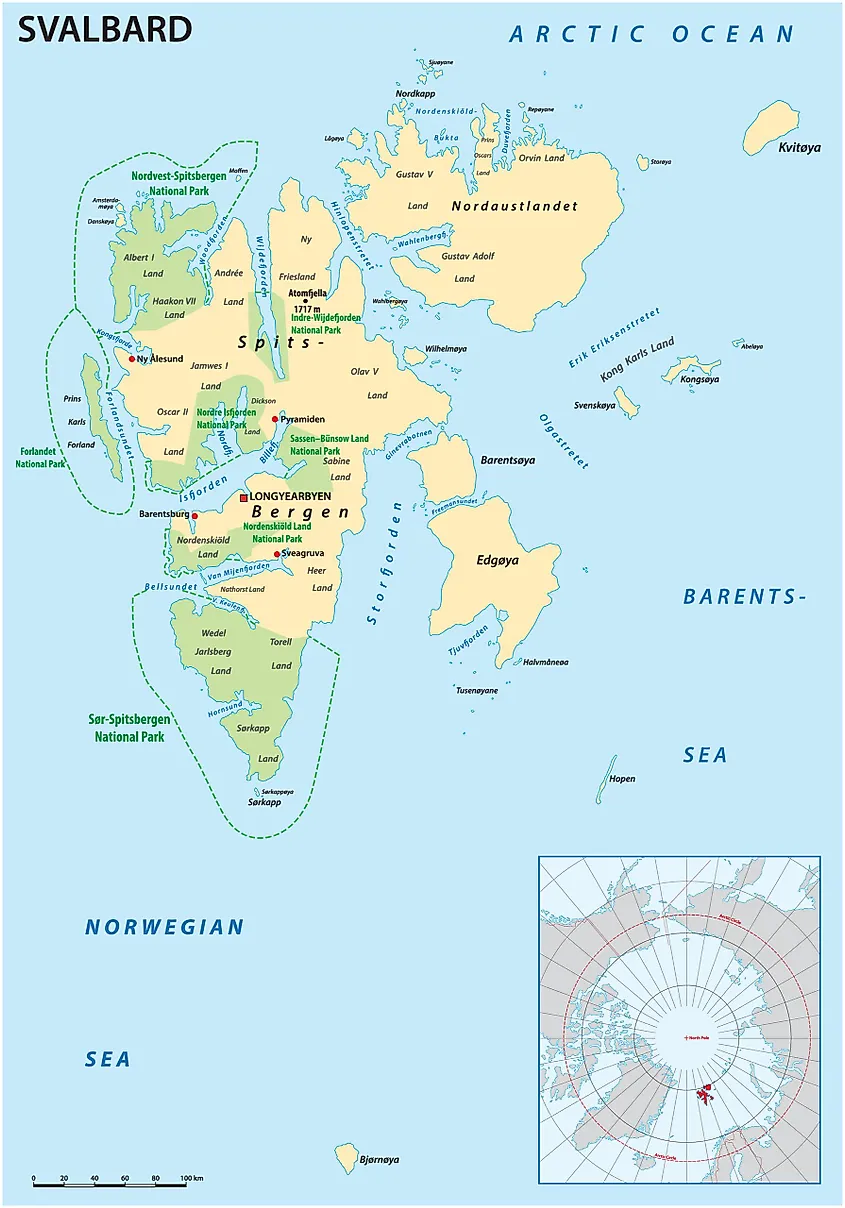


北海(Nordsee)是大西洋上大约一百米深的浅边缘海,它是石勒苏益格-荷尔斯泰因州(Schleswig-Holstein)的西部边界。从这里可 以看到平坦的低湿地,它是公元前四千年至公元前两千年完全由大海造就的独一无二的景色。潮汐的变化—涨潮和落潮,在北海地区非常明显。
Sylt(叙尔特)岛是石勒苏益格—荷尔斯泰因州(Schleswig-Holstein)(石荷州)的一岛屿,是北弗里西亚群岛 (Nordfriesische Inseln,介于德国和丹麦之间北海浅滩中的群岛)中最北部,也是最大的一岛屿。从地理位置上来说,它和阿拉斯加 (Alaska)最南端处于同一纬度。大约8000年前,Sylt岛从大陆分离开来,如今由欣登堡大堤(Hindenburgdamm)和德国本土连接。
岛上的居民几百年以来都靠当水手、海盗和捕鲸人为生,后来人们发现,旅游也是一个增加收入的好来源:于是开始出现了盈利性的浴场。今天,岛上有十二处浴场,它们各不相同,各有各的魅力。Sylt岛已经成为了德国最著名的岛屿。
于是乎,约上朋友,从汉堡过去可以买石荷州的州票(1个人17欧,5个人23欧,包了当天所有的慢火车、汽车、地铁交通。州票平时只能9点以后才能用,周 末随时可以用。)火车从汉堡Altona出发,可以带上自行车,火车上有专门放车的地方,不过一辆车得多付个5欧左右。火车一直开到岛上的中心 Westerland(威斯特兰)。Westerland是个商业气息浓郁的地方,这里有商业街、餐馆、酒馆… (Quelle:http://www.westmood.com)
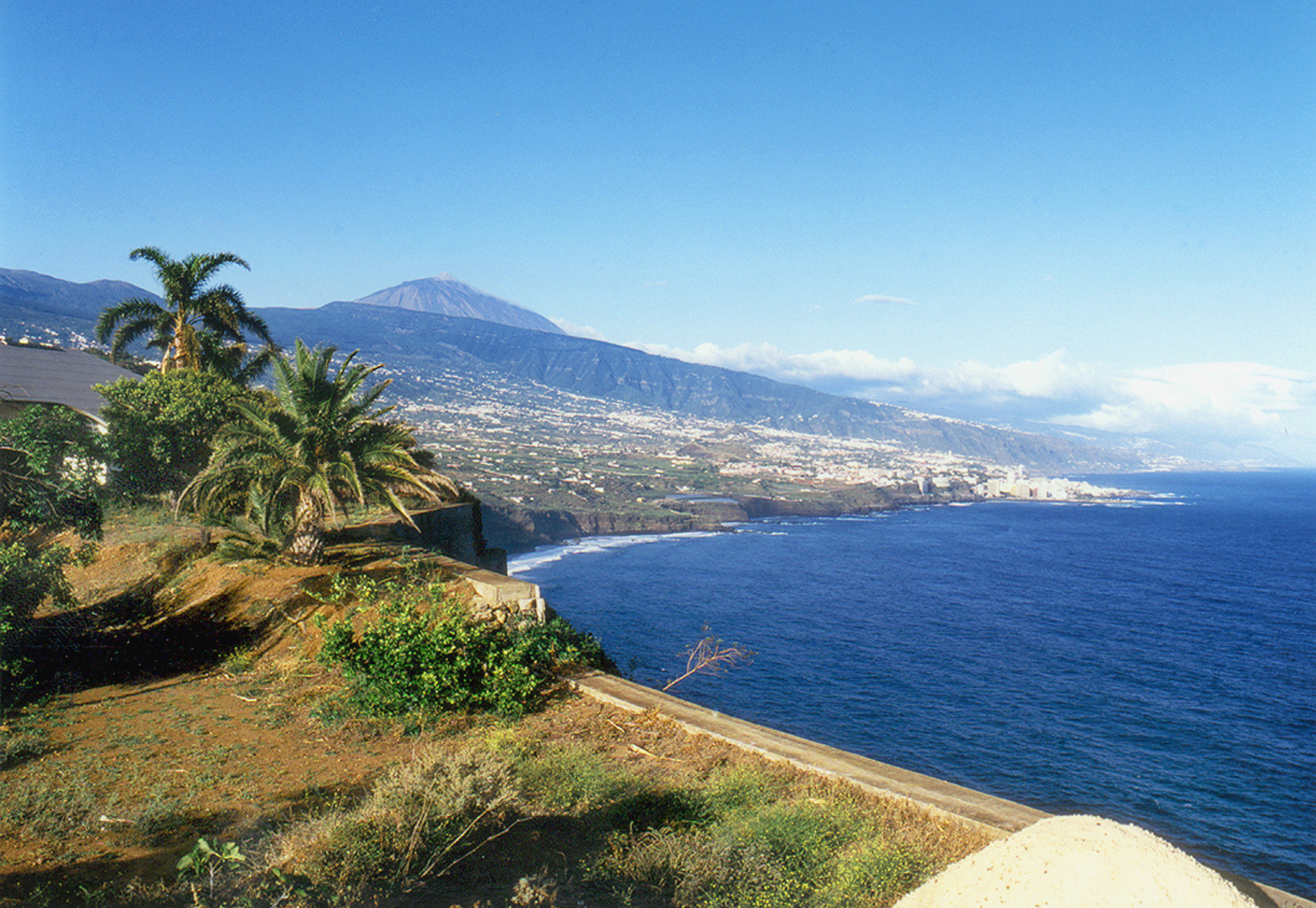

 Geography
Geography

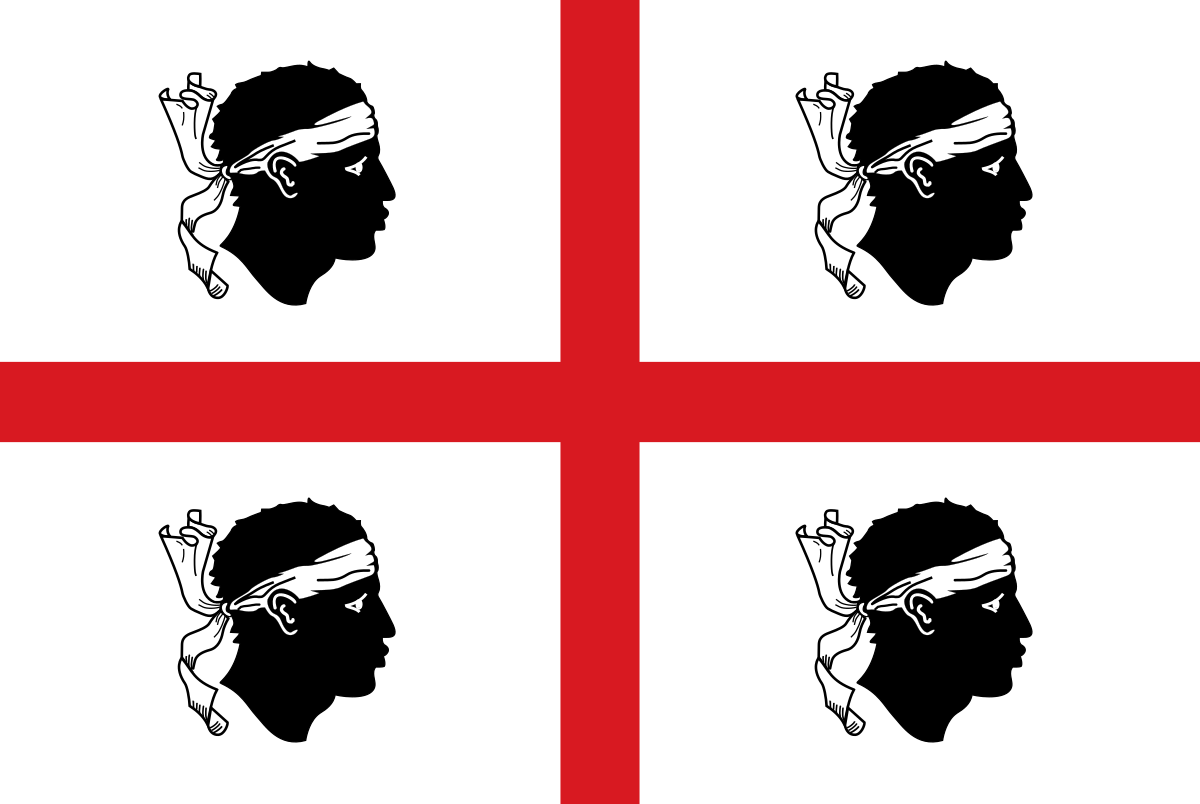 Sardegna
Sardegna
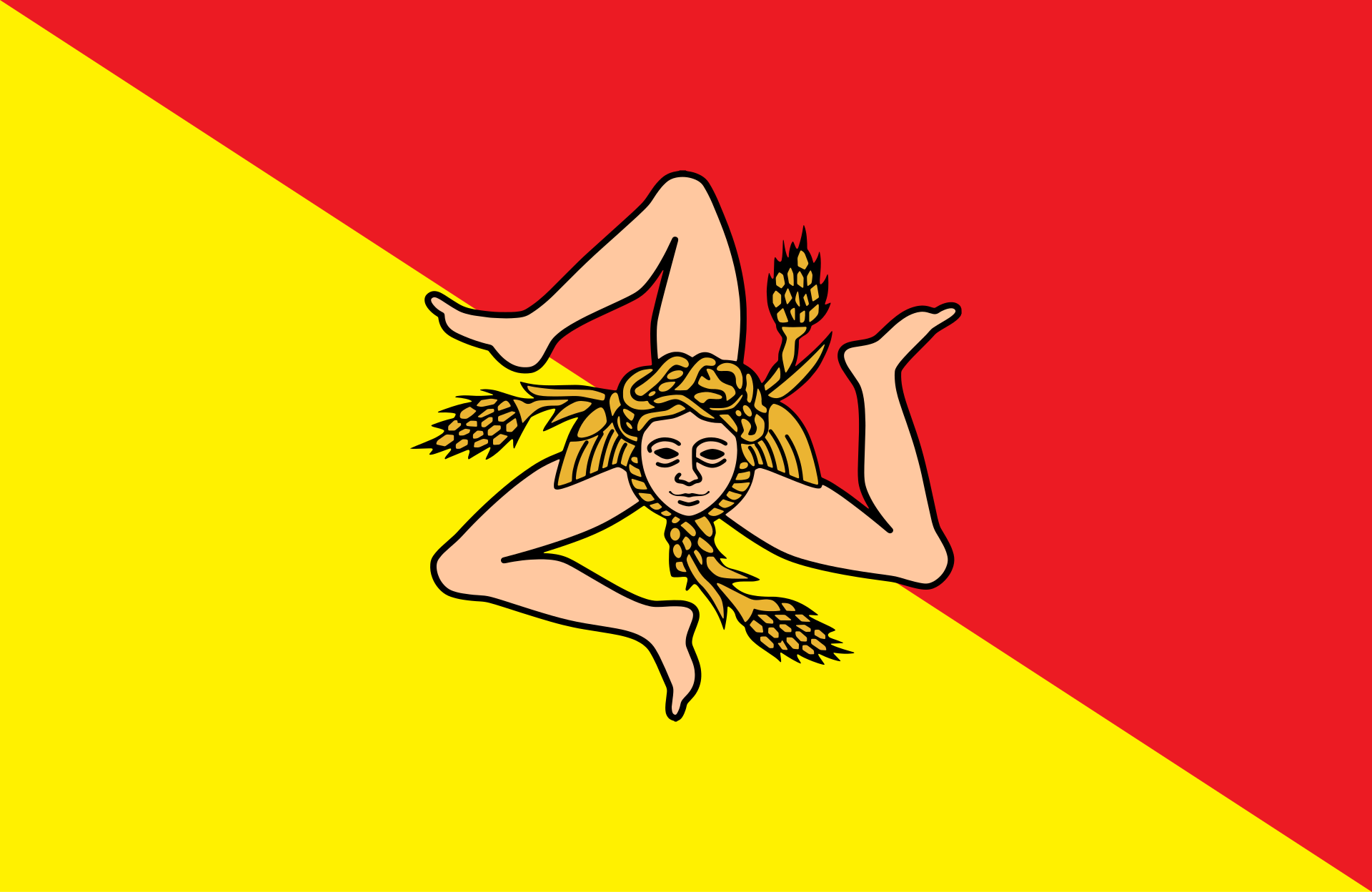 Sicilia
Sicilia
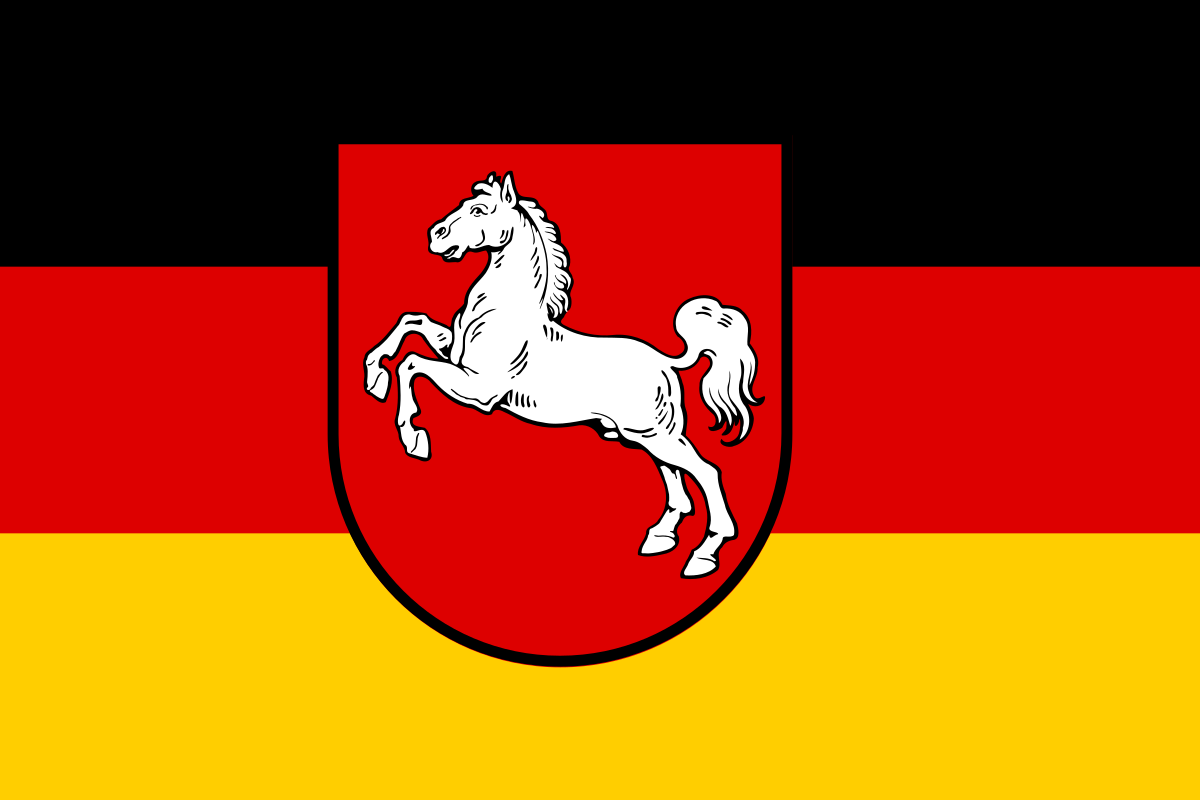 Lower Saxony
Lower Saxony
 Vacation and Travel
Vacation and Travel
 Schleswig-Holstein
Schleswig-Holstein
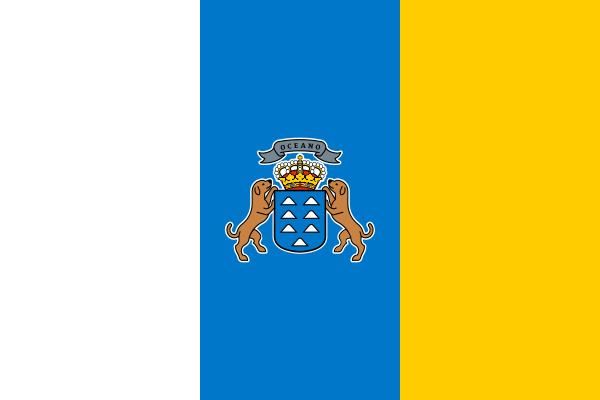 Canary Islands
Canary Islands